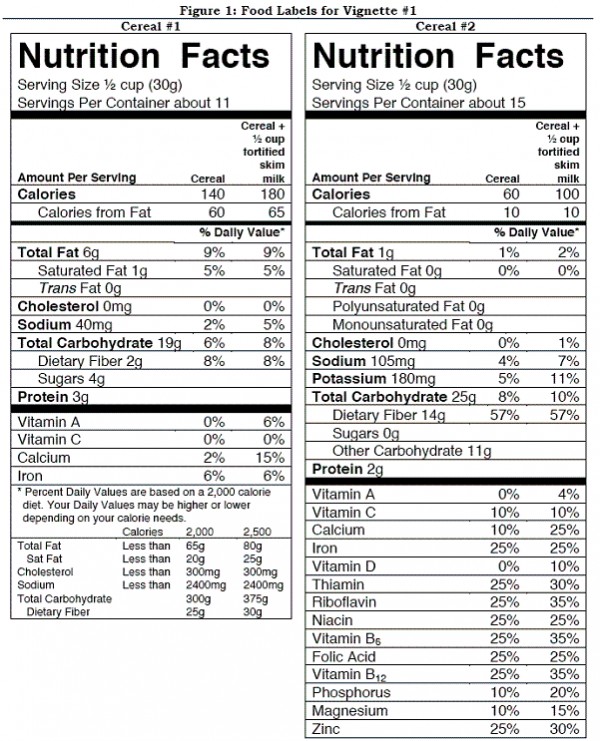Most collegiate athletes do not become professional athletes
Indicate whether the statement is true or false
T
You might also like to view...
Athletes participating in high-intensity activities, such as sprinting, often benefit from supplementation with carbohydrate by-products, such as Kreb's cycle intermediates.
Answer the following statement true (T) or false (F)
Carly is an overweight 21-year-old who is committed to good health after taking a nutrition course. She realizes that being a savvy shopper is part of the process and decides to learn how to look more critically at food labels. She picks up two different boxes of ready-to-eat breakfast cereal and sees the food labels shown in Figure 1. Help Carly evaluate these two breakfast cereals.

?
?
Carly decides to eat three-fourths of a cup of cereal #1 with three-fourths cup of fortified skim milk. Based on a 2,000 calorie diet, what percent of calories of carbohydrates will she consume?
a. ?6 percent
b. ?8 percent
c. ?10 percent
d. ?12 percent
e. ?14 percent
A client is discussing her weight loss efforts with a dietitian. She is complaining that she has only lost 8 pounds in the last several months. The dietitian responds by saying, "I am impressed that you have managed to change your eating habits, though. That is progress.". This response is an example of which type of communication?
a. motivational interviewing b. probing c. clarifying d. summarizing e. conveying respect
Body mass index (BMI) is a ____
A) measure of how much muscle mass an athlete should have B) method of measuring body composition C) formula that predicts the best weight for performance and health D) screening tool for the general population that helps individuals determine a "healthy weight" range